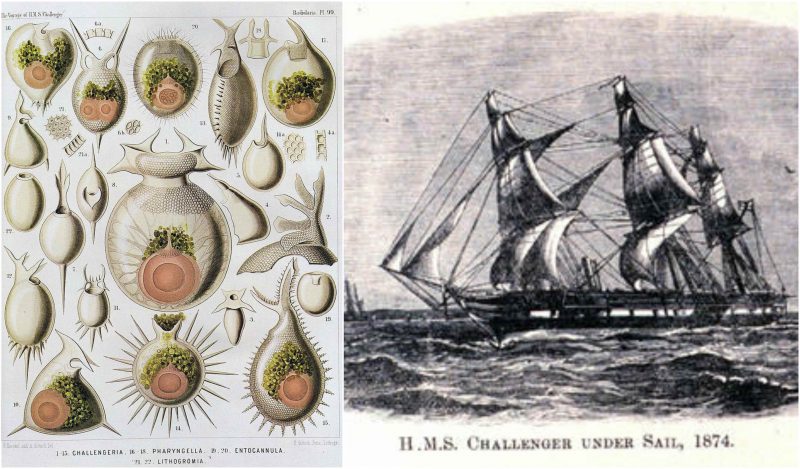The Challenger expedition was the first scientific journey, organized to gather information about the ocean features such as temperatures, seawater chemistry, currents, marine life and the geology of the seafloor.
The expedition was the establishment of oceanography. The journey was initiated by the Scottish natural historian and marine zoologist Charles Wyville Thomson and lasted from 1872 until 1876.
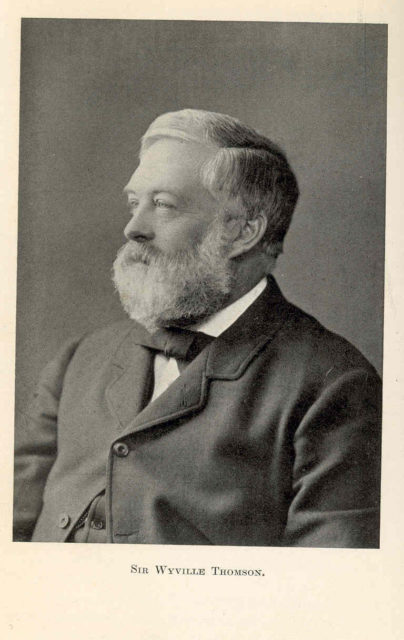
A small warship – HMS Challenger was obtained from the Royal Navy and for the expedition and it was converted into a ship for scientific work, equipped with separate laboratories for natural history and chemistry, microscopes and other scientific equipment on board.
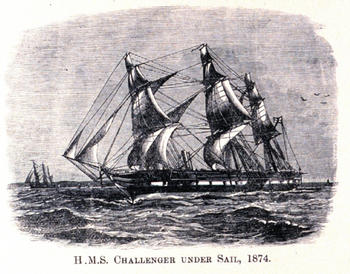
The expedition was led by Captain George Nares, a British naval officer, and Arctic explorer. The scientific work was led by Charles Wyville Thompson himself and the British naturalist John Murray. There were also three other scientists among which John James Wild, twenty officers, around 200 sailors and an official artist.
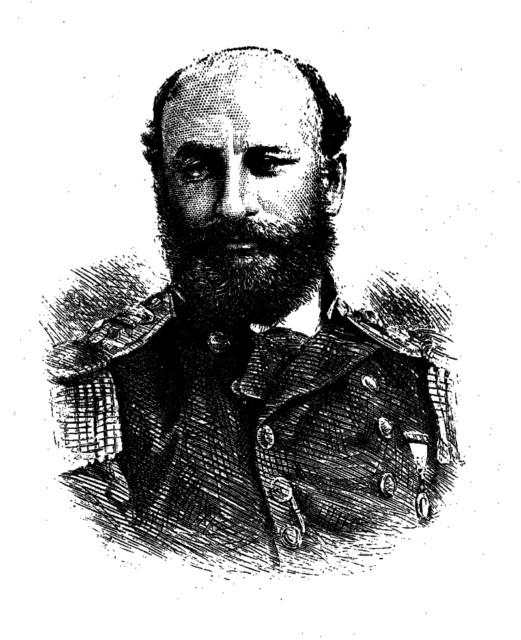
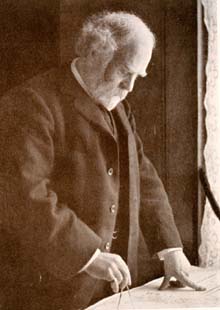
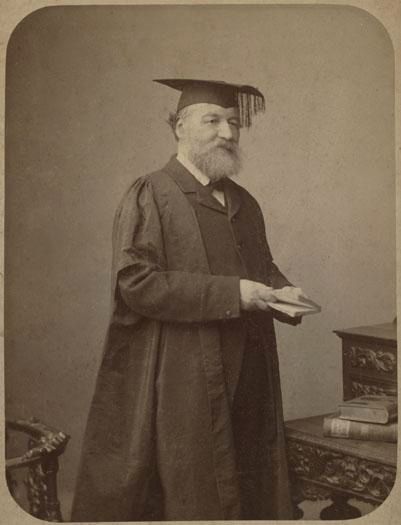
After the Challenger Expedition left Portsmouth in December 1872, it sailed to the South Atlantic reaching the Cape of Good Hope.Then it crossed the Southern Ocean, going through the Antarctic Circle before heading to Australia and New Zealand. The crew also visited the shores of New Guinea, China, Japan, Hawaii, the South Sea and some parts of South America, before it returned to England in 1876.
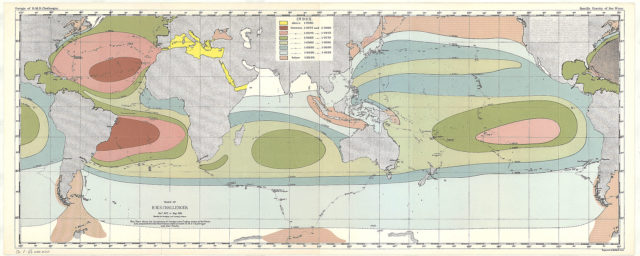
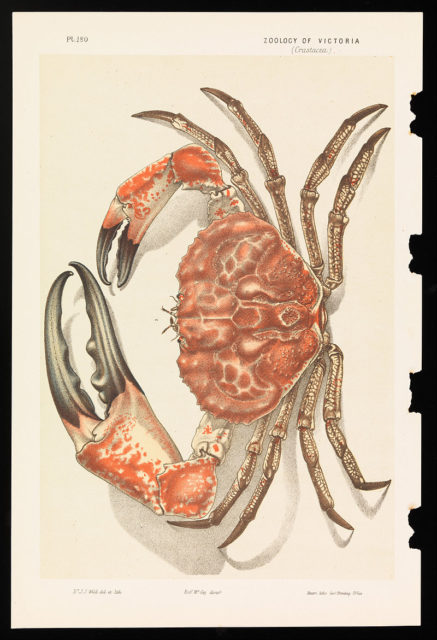
The Royal Society stated that the scientific goals of the expedition were the investigation of the great ocean basins considering their depth, temperature, circulation, specific gravity, and penetration of light; determination of the chemical composition of seawater; investigation of the physical and chemical characteristics of the deep-sea sediment, as well as the investigation of the ocean world regarding its flora and fauna.
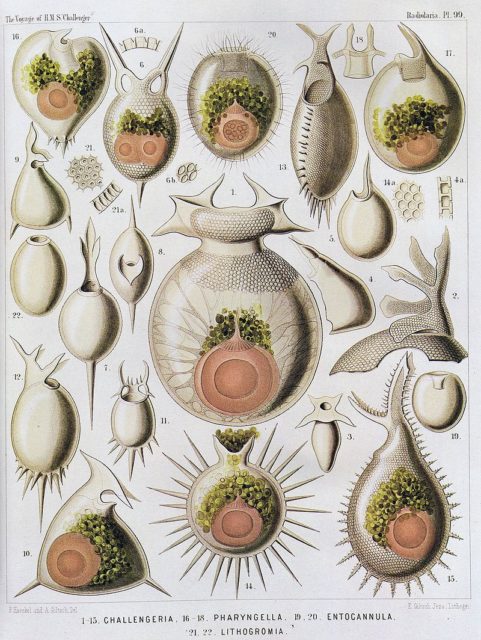
In four years journey, the crew did their tasks at each of the 360 stations before triumphantly returning to Europe. The crew returned with thousands of photographs, drawings, measurements, biological and geological samples. The team made 362 regularly-spaced mid-ocean measurements of depth, temperature and currents. Moreover, it usedspecial dredges to collect samples of life, ooze, and rocks from the ocean floor.
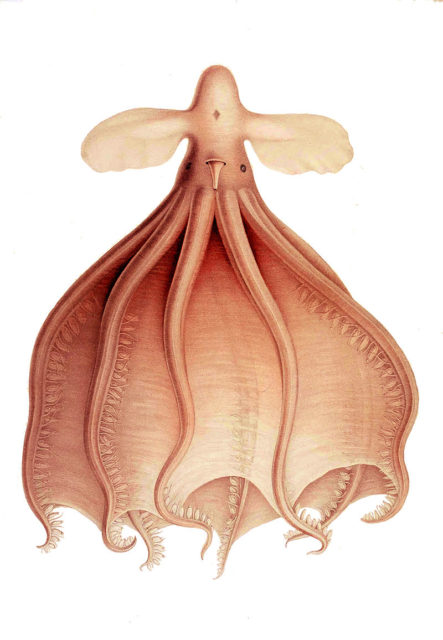
The scientists also found and identified 4,700 ocean-dwelling animal species that were previously unknown.. The data they collected was significant for all the sciences. It took 20 years to select and organize all the information in 50 thick volumes of total 30,000 pages. The information from the four-year expedition which took place in the late 19th century is still cited in scientific literature.
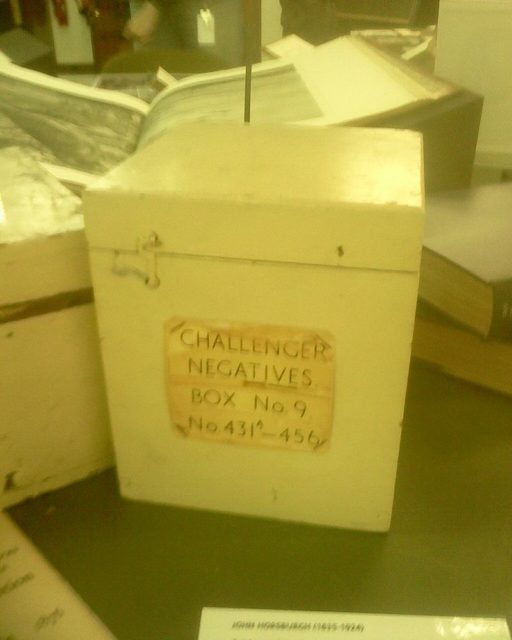
Everything that the crew brought back to England as reports and specimens is currently held at the British Natural History Museum, while some of the specimens are still examined by scientists today.
The discoveries made by the Challenger expedition has encouraged others and broaden the horizons of many scientists.
